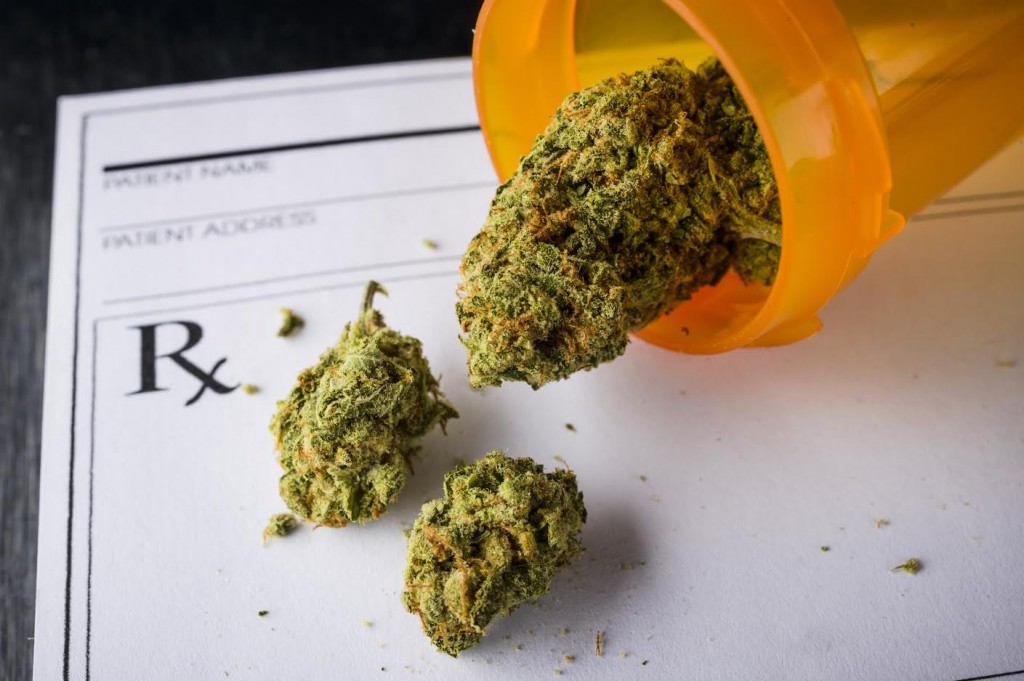https://youtu.be/k6QLoFJ6Rdo
Cannabis, also known as marijuana is the oldest psychoactive drug, used by humans for many centuries. The earliest recorded usage dates way back to 3rd Millennium BC, either during or before the bronze age (Bronze age – 3000 to 2500 BC). To make it bit more easier, bronze age was when the civilization of ancient Egypt reached their peak. Think Pyramids.
Well the need for the buzz has always been there with humans. But is that all that we know about Marijuana. The legal use of cannabis – either recreational or medical marijuana – varies from country to country. On December 10, 2013, Uruguay became the first country in the world to legalize the sale, cultivation, and distribution of cannabis, while the Netherlands has allowed sale with certain restrictions since 1976.The medicinal use of cannabis is legal in a number of countries, including Canada, the Czech Republic and Israel. Medical cannabis in the United States is legal in 29 states as of December 2016.
Things are indeed looking good for the world’s oldest psychoactive drug, as country after country is now letting its citizens use marijuana for medical purposes.
Here is a small list of health benefits associated with marijuana
Treatment for chronic pain and muscle spasms
The most common use for medical marijuana is for pain control. While marijuana isn’t strong enough for severe pain (for example, post-surgical pain or a broken bone), it is quite effective for the chronic pain that plagues millions of humans, especially as they age.
“Marijuana appears to ease the pain of multiple sclerosis, and nerve pain in general. This is an area where few other options exist, and those that do, such as Neurontin, Lyrica, or opiates are highly sedating. Patients claim that marijuana allows them to resume their previous activities without feeling completely out of it and disengaged,” writes Peter Grinspoon, MD, in the Harvard Health Blog.
He adds: “Marijuana is said to be a fantastic muscle relaxant, and people swear by its ability to lessen tremors in Parkinson’s disease. I have also heard of its use quite successfully for fibromyalgia, endometriosis, interstitial cystitis, and most other conditions where the final common pathway is chronic pain.”
Marijuana may help veterans suffering from PTSD
Post-traumatic stress disorder (PTSD) is a severe anxiety disorder that can develop after exposure to any event that results in psychological trauma. Some people develop PTSD after they experience a dangerous event, have a scary experience or suffer a shock. When a person has PTSD, they feel under threat or at risk, even when there is no obvious danger.
One of the groups most susceptible to suffering PTSD is the military. Soldiers who see combat often experience horrible events and can be severely affected as a result.
Cannabis can help regulate the system that causes fear and anxiety in the body and brain. Marijuana is approved to treat PTSD in some states like in New Mexico and many states could soon join.
But there are still plenty of unanswered questions about the safety of using marijuana while suffering from PTSD, and the only way to address those issues is through more research and studies.
Cannabis reduces some of the pain and nausea from chemotherapy and stimulates appetite
According to the American Cancer Society, a number of small studies of smoked marijuana found that it can be helpful in treating nausea and vomiting from cancer chemotherapy. A few studies have found that inhaled (smoked or vaporized) marijuana can be helpful treatment of neuropathic pain (pain caused by damaged nerves). Smoked marijuana has also helped improve food intake in HIV patients in studies. Studies have long shown that people who took marijuana extracts in clinical trials tended to need less pain medicine. If you live in a state where marijuana products are legal, you can easily buy hash online from trusted sources to help alleviate pain.
As a psychoactive drug, there is very little doubt about marijuana’s ability to relieve pain and there are several other health benefits as well. What we do not know is the side effects of long term usage and other issues that may arise for patients. That question can only be answered through research. As more and more countries legalize medical marijuana, it will accelerate research in this area and hopefully we will soon know all the positives as well negatives associated with cannabis.



